-
The Charlie Hebdo Massacre: 12 dead at Paris offices of the legendary satirical magazine (Dangerous Drawings)
The caricaturists Stéphane Charbonnie aka Charb, Jean Cabut aka Cabu, Georges Wolinski and Bernard Verlhac aka Tignous are among those numberless victims of a rising Islamic totalitarism. The new theocratic fascism has struck the culture of enlightenment at its traditional artistic core. Chief editor Charb after the petrol bomb attack on November 2011 Georges Wolinski […]
-
Escapes. William Hogarth and the consequences
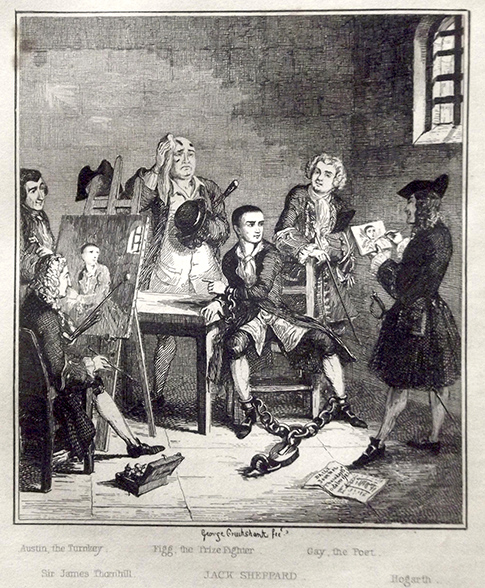
Not translated: Fünfundsiebzig Jahre nach seinem Tod tauchte William Hogarth als Akteur in dem Dokumentarroman Jack Sheppard von William Harrison Ainsworth auf, der ab Januar 1839 als Fortsetzungsgeschichte in dem vom jungen Charles Dickens herausgegebenen Literaturmagazin Bentley´s Miscellany abgedruckt wurde. Auch in The Portrait , einer der Illustrationen des Romans, die von George Cruikshank besorgt […]
-
“Esprit Montmartre” – The perpetuation of the cliché
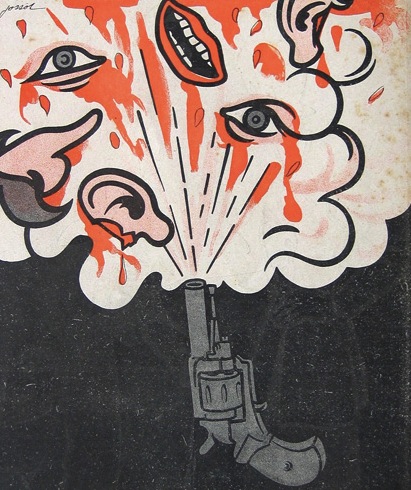
Not translated: Zur Ausstellung “Esprit Montmartre. Die Bohème in Paris um 1900” in der Schirn Kunsthalle Frankfurt. Das geballte Medienecho zur Ausstellung in der Schirn Kunsthalle klingt verheißungsvoll. Die Pariser Bohemekultur um die Jahrhundertwende erscheine hier in einem völlig neuen Licht, nicht länger in der realitätsfernen Weichzeichnung touristischer Projektion, vielmehr zeige sich der Montmartre hier, […]
-
ROSTA / GPP : Pictorial Newsposter-Series of the Russian Avantgarde I , Moscow, 1920 / 1921
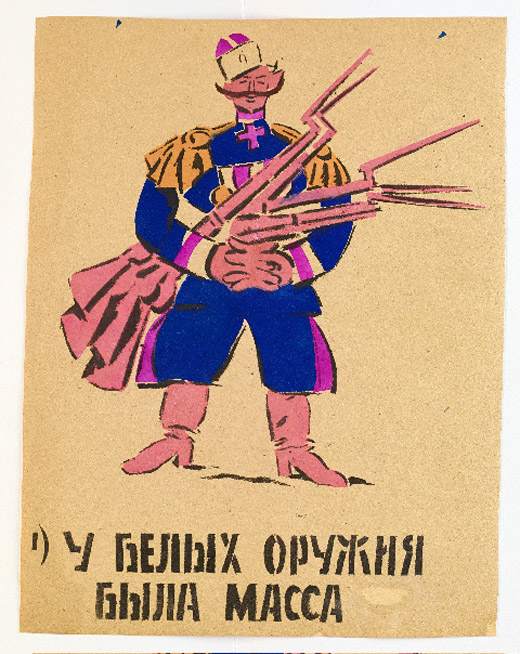
In February 1919, caricaturist Mikhail Cheremnykh started an artistic campaign in an empty shop window with a visually designed report of the Bolshevist news agency ROSTA. Shortely thereafter the initiative was taken up by the popular poet Vladimir Mayakovsky. He selected most of the news items and prepared them for pictorial realisation. “The field of […]
-
Graphic Journalism and the Avant-garde – The ROSTA Windows of the Bolshevik Art Army.
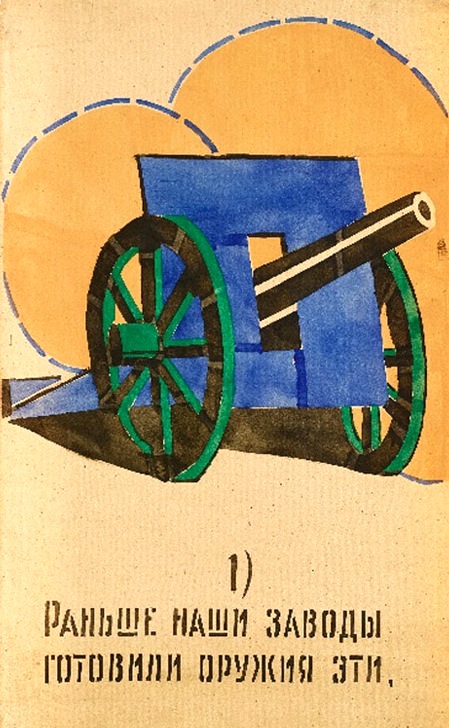
In a situation in which museums, put under pressure by the market, are increasingly withdrawing from their core business of basic historical research on the state of present-day art, it can happen that precisely in this regard they are overtaken by extraordinary initiatives of the market itself, by galleries, for instance, which are now taking […]
-
Evil Empires II: British Images , 48 political drawings, Berlin 1943

The works of Thuringian graphic artist A. Paul Weber were strongly influenced by the visionary imaginations of Alfred Kubin. In his main work, the graphic cycle “British images”, published in 1941, influences from Gustave Doré´s “London Pilgrimage” can be traced, as well as of those of other French illustrators such as Théophile Steinlen, Charles Léandre […]
-
Evil Empires I: Concentration camps in the Transvaal
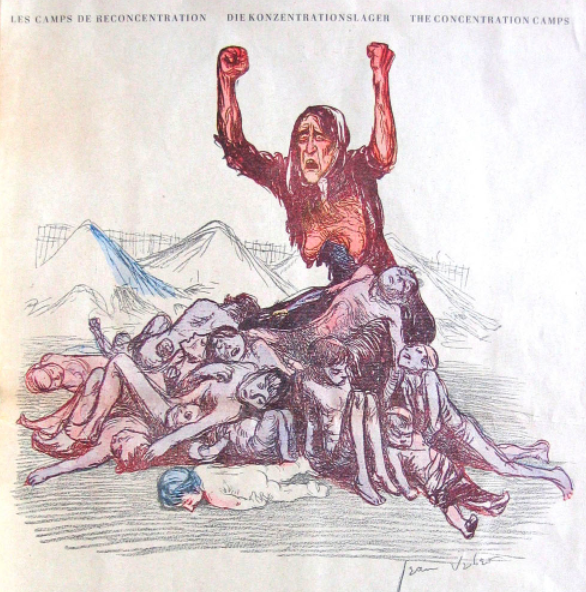
During the Second Boer War the prestige of the British Empire sank to an all-time low. The main reason was the establishment of concentration camps in South Africa as a measure against the guerrilla war led by the local farmers against the Empire. Over 26,000 Boers, mainly women and children, died of hunger and diseases […]
-
“Vogelmen Diaries” – Exhibition film and related archive articles (Melton Prior Institute im Heidelberger Kunstverein, 17.11.2012 – 27.1.2013)
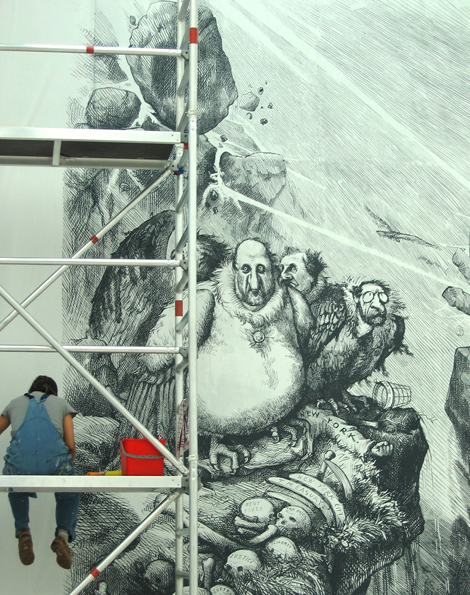
Exhibition Film. Click on the image to play. . Fletcher DuBois performs the “Vogelmen Diaries” at the opening. Main Hall, Southern Wall: Thomas Nast, “Our System of Feathering Nests ..” Main Hall, Northern Wall: Thomas Nast, “Let Us Prey!” > Faits Divers – Illustrations: Crashes and Collapses > Thomas Nast: “Dead Men´s Clothes Soon Wear […]
-
Thomas Nast & Theodor Kaufmann: Higher Forms of Hieroglyph
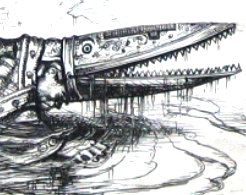
I Thomas Nast The pictorial journalism of Thomas Nast marked the peak of graphic art as far as its influence and popularity in the 19th century is concerned. No artist was ever more successful in regard to the intensity, scope and lastingness of his political impact than this North American draughtsman – not Dürer, not […]
-
A Thomas Nast – Gallery (His career in 38 images)
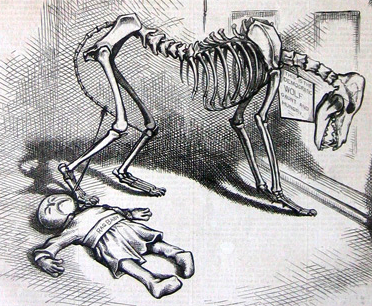
Thomas Nast (1840-1902) started his career as a “special artist” at the age of fifteen. His pictorial journalism marked the peak of graphic art as far as its influence and popularity in the 19th century is concerned. No artist was ever more successful in regard to the intensity, scope and lastingness of his political impact […]